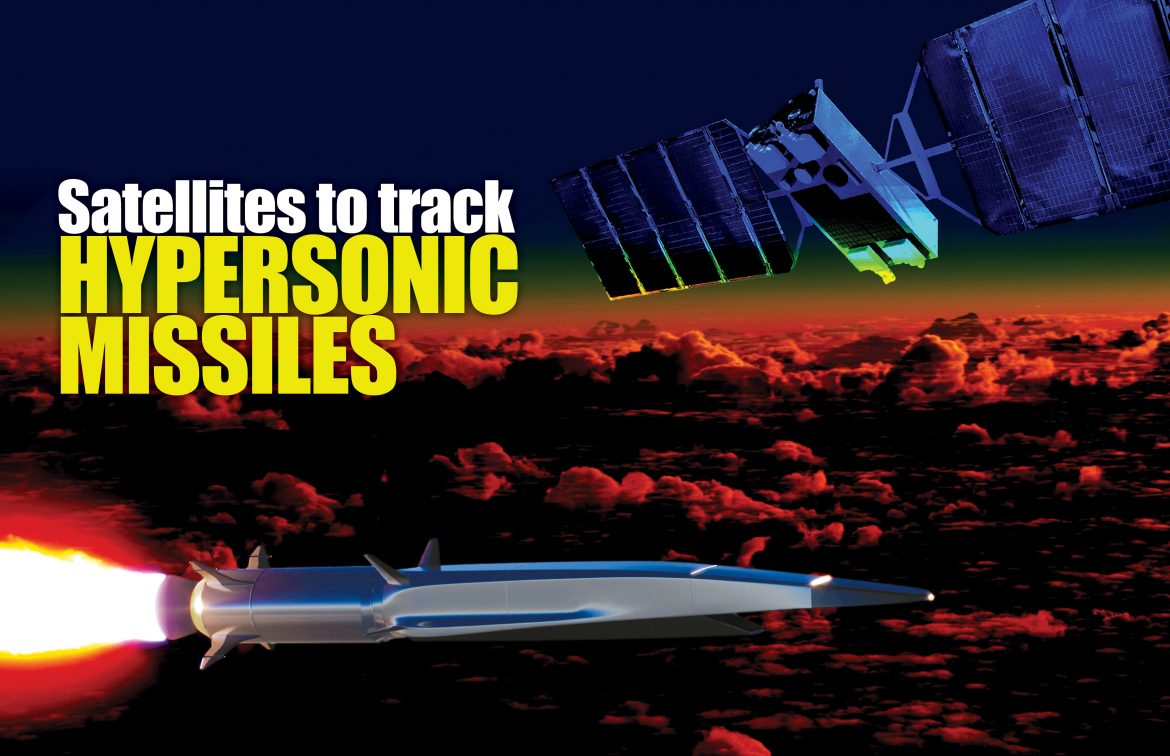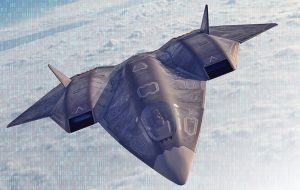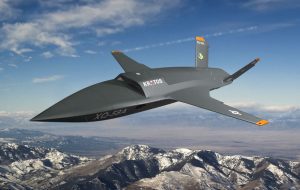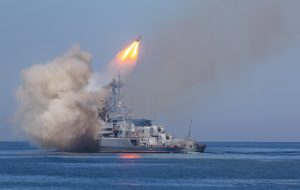On July 19, 2022, the US Department of Defense announced that it plans to spend $1.3 billion on the development of new satellites that can better track hypersonic missile threats, revealing 2 new contracts that aim to put the detection and tracking systems in orbit by 2025.
The director of the Space Development Agency, Derek Turner explained that the two contracts would enhance Washington’s capabilities to counter the rising threats from Russia and China, by providing the US with 28 new satellites.
Notably, both Russia and China have made great strides in the development of hypersonic missiles typically characterized as difficult to track and counter.
Hypersonic threats
The new reality imposing itself on the international system is major powers’ conflict escalation.
In 2018, Russia and China managed to develop and deploy hypersonic missiles on land, sea, and air platforms, while the first successful US test of this type of weapon was in mid-2022, meaning Washington fell behind the two countries in both the development and use of these systems.
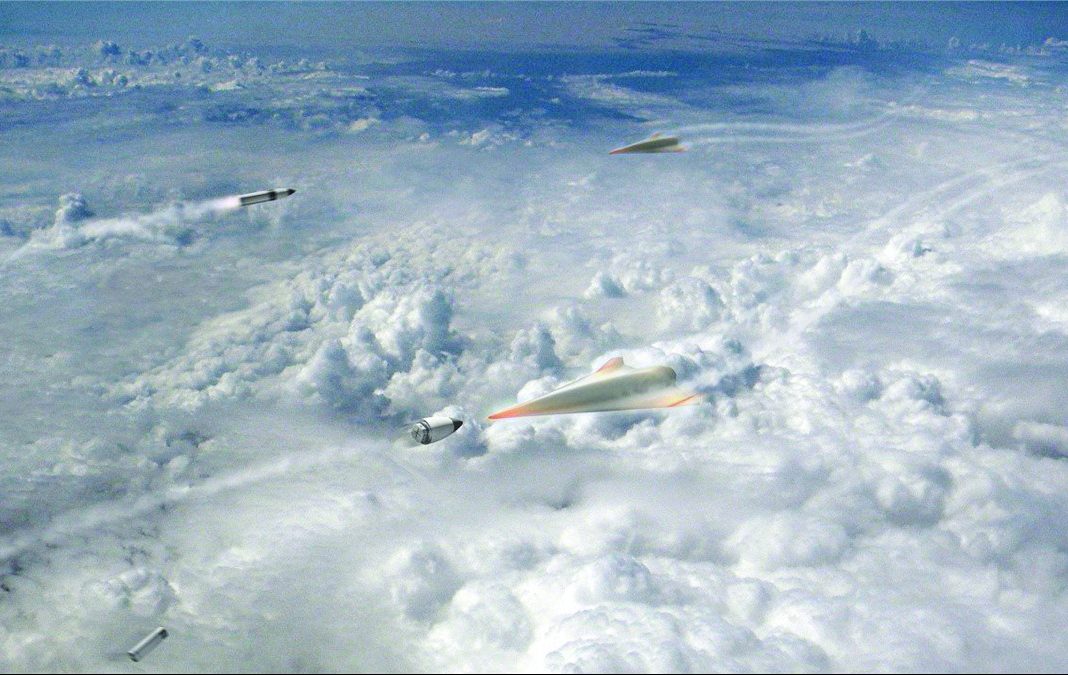
This was highlighted in the Russian-Ukrainian war, as Russia responded to American escalation (providing Ukraine with advanced weapons systems) by using hypersonic missiles to target military sites in Ukraine, in March 2022.
Despite numerous attempts by the US to downplay the military significance of this development, the Russian hypersonic missile strikes were important, as they aimed to remind the West that Russia has become militarily superior and that they should account for this in their military calculations.
Furthermore, Russia wanted to signal that any attempt to escalate the conflict in Ukraine would be useless because Moscow has the upper hand, in the form of hypersonic missiles that the West did not have yet, nor could counter it.
Moscow also began to use the naval version of hypersonic missiles to limit the importance of some American systems, such as aircraft carriers, by developing submarine or warship-launched “Zircon” missiles.
The Zircon missile has a top speed of Mach 9 (more than 10,000 km/h) and it is developed mainly to target different classes of enemy ships, from frigates to aircraft carriers.
Currently, no defense system can intercept a hypersonic missile because of its great speed as well as maneuverability in the dense layers of the atmosphere; therefore, hypersonic missiles can spell an end to the age of aircraft carriers.
For its part, China deployed anti-access/area denial (A2/AD) tactics against the US, evident in their latest conflict over Taiwan, sparked by the visit of Nancy Pelosi, President of the US Senate, to Taiwan, on August 2, 2022, and her confirmation that the United States is committed to defending the island militarily against China.
Beijing responded to this “American strategic provocation” militarily by carrying out maneuvers around Taiwan from August 4 to August 7, and on the last day announced the indefinite extension of these maneuvers.
China wanted to impose a naval blockade around the island, by sea and air, and to prevent the US from interfering and providing military support to the island.
The Chinese Navy conducted maneuvers in six areas around Taiwan, encircling the island from almost every side and tightening its grip on the most important sea channels around Taiwan.
To the west of the island, China’s maneuvers focused on closing the northern part of the Taiwan Strait, while the maneuvers southeast of the island focused on closing the Bashi Channel to prevent ships and planes from the US and Japan from entering Taiwan through there.
In addition, China aimed to encircle the main Taiwanese military bases on the island and to deter Washington from interfering, by using the DF-17 hypersonic missiles (Aka aircraft carrier killer).
This ballistic missile is specifically designed to penetrate advanced air defense systems and its high speed makes it difficult to intercept.
The DF-17 hypersonic missile can strike targets in South Korea, Japan, and Russia, target warships, and threaten American forces in the Western Pacific.
Even though it is considered a given that Beijing will not use these missiles to attack Japan or the US directly, in the event of a conflict over Taiwan, china can use hypersonic missiles to deter US ships and aircraft carriers from getting close and providing military support to Taiwan.
This scenario would mean that Beijing succeeded in utilizing anti-access/area denial (A2/AD) tactics around Taiwan, thus undermining the US “first island chain” strategy aimed at encircling China militarily through its presence on the islands extending from Japan to the northern part of the Philippines, through Taiwan, as China is expected to conduct maneuvers periodically around the island after the end of the current exercises.
Furthermore, Beijing conducted maneuvers with the DF-41 ballistic missile (AKA East Wind), an intercontinental ballistic missile, capable of carrying 12 nuclear warheads with a range of 12 -15000 km, which is considered a message to Washington indicating that china has a relative superiority over the US in this field.
Undoubtedly, this has had negative repercussions on the US military, which lost its ability to threaten its opponents and assert that Washington has the upper hand in any military confrontations, as it has for decades following the collapse of the Soviet Union.
This negatively impacted Washington’s standing internationally, which was evident in the recent crisis over Taiwan, as South Korea refrained from criticizing and condemning China like Japan and Australia did over the maneuvers around Taiwan, indicating waning confidence in American policies in dealing with China.
On August 9, China welcomed South Korean Foreign Minister Park Jin in Shandong, who told his Chinese counterpart Wang Yi that he was open to strengthening ties between the two countries, which was around the time Beijing announced it would continue its military exercises around Taiwan.
Furthermore, on August 4, the South Korean president refused to receive Pelosi during her visit to his country from Taiwan and the South Korean foreign minister was offshore, indicating that Seoul is distancing itself from the conflict over Taiwan between Washington, Japan, and Australia on one side and China on the other, even though Seoul is considered one of Washington’s allies in the region.
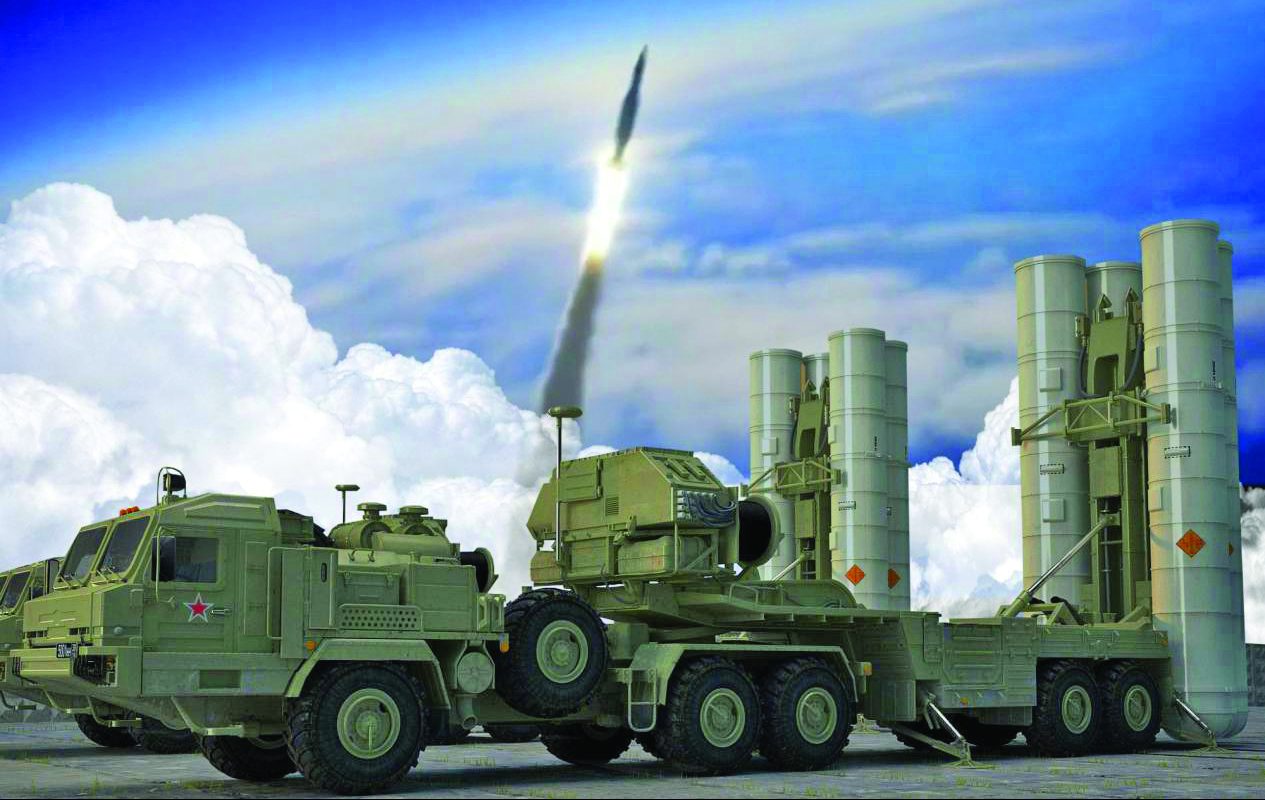
Keeping up with Russia technically
Even though the US managed to conduct the first successful test of a hypersonic missile in the first half of 2022, Russia which conducted its first similar test in 2018, continued to maintain its defensive superiority over Washington in strategic systems, by developing the “S-500” and “S-550”, the first air defense systems capable of intercepting hypersonic missiles, and so to catch up with Russia, the US is trying to develop new air defense systems capable of countering hypersonic missiles.
For his part, director of the Missile Defense Agency John Hill announced that the Pentagon plans on launching satellites to track ballistic and hypersonic missiles by 2023.
“In March 2023, we will launch two satellite prototypes into space,” Hill said during a hearing for the House Armed Services Committee.
Hill predicts that the US can deploy 28 hypersonic infrared tracking satellites into low Earth orbit in 2025 at the earliest.
Controlled by NASA, these satellites will be capable of tracking the highly maneuverable hypersonic missiles, which is something no US defense system has been designed to do before. For his part, the program director of DARPA (the agency responsible for developing emerging military technologies in the US Department of Defense), Nathan Greener emphasized that the speed, altitude, jet interactions, and other dynamics required to counter a hypersonic missile are all new.
Hill added that the US does not have “enough data to help understand these things”, explaining that unlike the huge amount of data available about current flight technologies, there isn’t enough data about flying hypersonic objects, and so “there is almost nothing on which we can base our scientific understanding.”
The first stage of the “Glide Breaker”, an anti-hypersonic missile system, was launched in 2018 when the contracts were awarded to Aerojet Rocketdyne and Northrop Grumman.
This stage focused on developing a missile control system intended to intercept and destroy a hypersonic weapon highly capable of maneuvering in the air.
However, given that the US fell behind on the development of the hypersonic missile, it will need additional time to develop systems capable of intercepting it.
Furthermore, the US Department of Defense’s Missile Defense Agency seeks to build a multi-layered defense system that links space-based sensors, ground-based radar, and various military weapons systems together in a single network that will not only identify and track the hypersonic targets but also intercept and destroy them.
This poses a significant challenge because hypersonic missiles fly at very high speeds and can change course several times in mid-air, which makes them difficult to intercept.
Given these challenges in countering hypersonic missiles, the Missile Defense Agency requested the allocation of $225 million in its budget for the fiscal year 2023, starting on October 1, 2022, to the development of a defense program capable of intercepting hypersonic missiles.
Currently, there are 2 major companies involved in the Glide Breaker program, which are Northrop Grumman and Raytheon, entrusted to develop a prototype that can be manufactured using the new funding, producing satellites with sensors capable of identifying hypersonic missiles from the moment they are launched.
Notably, Lockheed Martin was among the developing companies, however, it was excluded in 2021, which highlights the enormous technical challenges facing the development of this type of satellite.
According to some military analysts, conventional geosynchronous missile warning systems, such as the Defense Support Program, can identify preparations for a hypersonic missile launch, however, it’s unclear whether or not they can track their signatures with the necessary accuracy to support targeting by an interceptor.
Therefore, there is a need for an array of wide-field sensors to track hypersonic weapons with enough accuracy to support intercept operations.
These satellites will be deployed in low Earth orbit and will be able to monitor the hypersonic missile as soon as it is launched, which is considered the first step toward targeting hypersonic missiles.
In March 2018, Lt. Gen. Samuel Graves, head of the US Air Force’s Space and Missile Systems Center, said the main challenge in countering hypersonic weapons is that: “If you cannot see it, you can’t shoot it down.”
It is clear that this concept is still in its infancy and constitutes an essential part of building a system to intercept hypersonic missiles, however, this system does not yet include the interceptor missile that would intercept the hypersonic missile after determining its path accurately.
In conclusion, estimates suggest that the prototype for these satellites capable of tracking hypersonic missiles will be ready in 2023, then interceptor missiles capable of striking the hypersonic missile will need to be developed, which means that the United States is still lagging behind Russia in the development of this type of interceptor systems, especially given that Russia is claiming to have weapons systems capable of intercepting this type of missile, such as the “S-500”, which it began manufacturing and will enter service in the Russian army this year.
» By: Dr. Shadi Abdel Wahab (military researcher and strategist)


